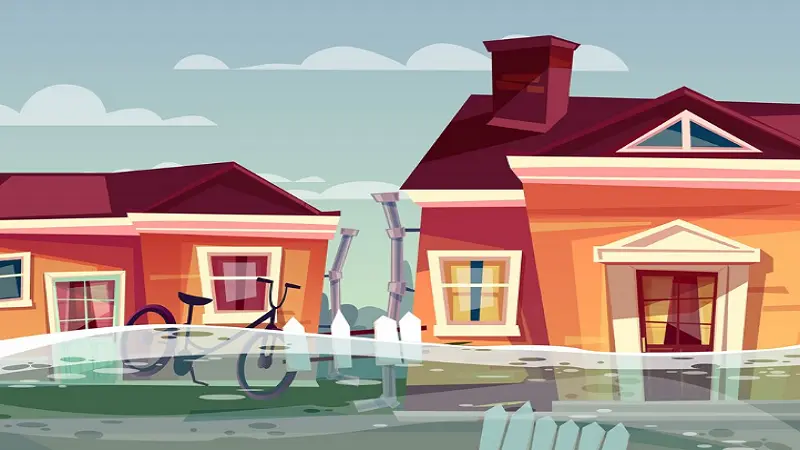Water damage is a significant concern for homeowners in Texas. Unfortunately, many misconceptions surround this topic, which can lead to improper responses and costly mistakes. In this article, we will explore five common myths about water damage in Texas homes and provide clarity on each point. Understanding the realities of water damage will empower homeowners to protect their properties effectively.
Myth 1: Water Damage Only Occurs During Floods
One of the most pervasive myths is that water damage only results from major flooding events. While floods can certainly cause extensive damage, many homeowners overlook the fact that water damage can occur from various sources. For instance, plumbing leaks, malfunctioning appliances, and even roof leaks can lead to significant water intrusion.
In Texas, the hot climate can exacerbate these issues. Extreme heat can cause pipes to expand and contract, increasing the likelihood of leaks. Furthermore, the aging infrastructure in some areas may also lead to unexpected water damage. It’s crucial to be vigilant and inspect your home regularly to catch any potential issues before they escalate.
Myth 2: If You Don’t See Water, You Don’t Have a Problem
Another common misconception is that if there is no visible water, there’s no water damage. This belief can be misleading. Water damage often occurs behind walls, under flooring, or in other hidden areas, making it difficult to detect without a thorough inspection.
For instance, a small leak from a pipe may not create noticeable water pooling but can still cause significant damage over time. Mold growth is also a concern, as it can develop in damp areas that are not visible to the naked eye. Regular inspections and moisture testing are essential to uncover potential issues that may not be immediately obvious.
Myth 3: Homeowners Insurance Covers All Water Damage
Many homeowners mistakenly believe that their homeowners insurance will cover any water damage that occurs. While some types of water damage are covered, others are not. For example, flood damage is typically excluded from standard homeowners insurance policies and requires separate flood insurance.
Moreover, if the water damage is due to a lack of maintenance, such as a leaky roof or burst pipe that has been neglected, the insurance company may deny the claim. It’s essential for homeowners to review their insurance policies and understand what types of water damage are covered and what preventive measures are necessary to maintain coverage.
Myth 4: Water Damage Cleanup is Simple
A prevalent myth is that cleaning up after water damage is straightforward. This belief can lead to significant problems if homeowners attempt to handle the situation themselves without the proper knowledge or equipment. Water damage can lead to structural issues, mold growth, and a host of health hazards if not handled correctly.
For instance, depending on the type and extent of the damage, specialized equipment may be necessary to effectively remove moisture and prevent further issues. Hiring a professional water damage restoration service ensures that the cleanup is thorough and that all potential hazards are addressed. Professionals are trained to identify hidden damage and use specialized tools to restore the property properly.
Myth 5: It’s Too Late to Address Water Damage Once it Happens
Some homeowners believe that once water damage has occurred, it’s too late to mitigate its effects. This myth is dangerous, as it can lead to a defeatist attitude about property maintenance and restoration. While the extent of the damage may determine the complexity of the restoration process, it is rarely too late to take action.
Prompt response is crucial in limiting the damage caused by water intrusion. The longer water sits, the more severe the damage becomes, leading to mold growth and structural compromise. Professional restoration services can often salvage affected materials and prevent further deterioration, especially if action is taken quickly.
Conclusion
Understanding the myths surrounding water damage is essential for homeowners in Texas. By debunking these common misconceptions, we can better prepare ourselves to address potential issues effectively. Remember to regularly inspect your home for leaks, understand your insurance coverage, and seek professional assistance when needed. Protecting your home from water damage requires knowledge and proactive measures, ensuring your property remains safe and secure.



